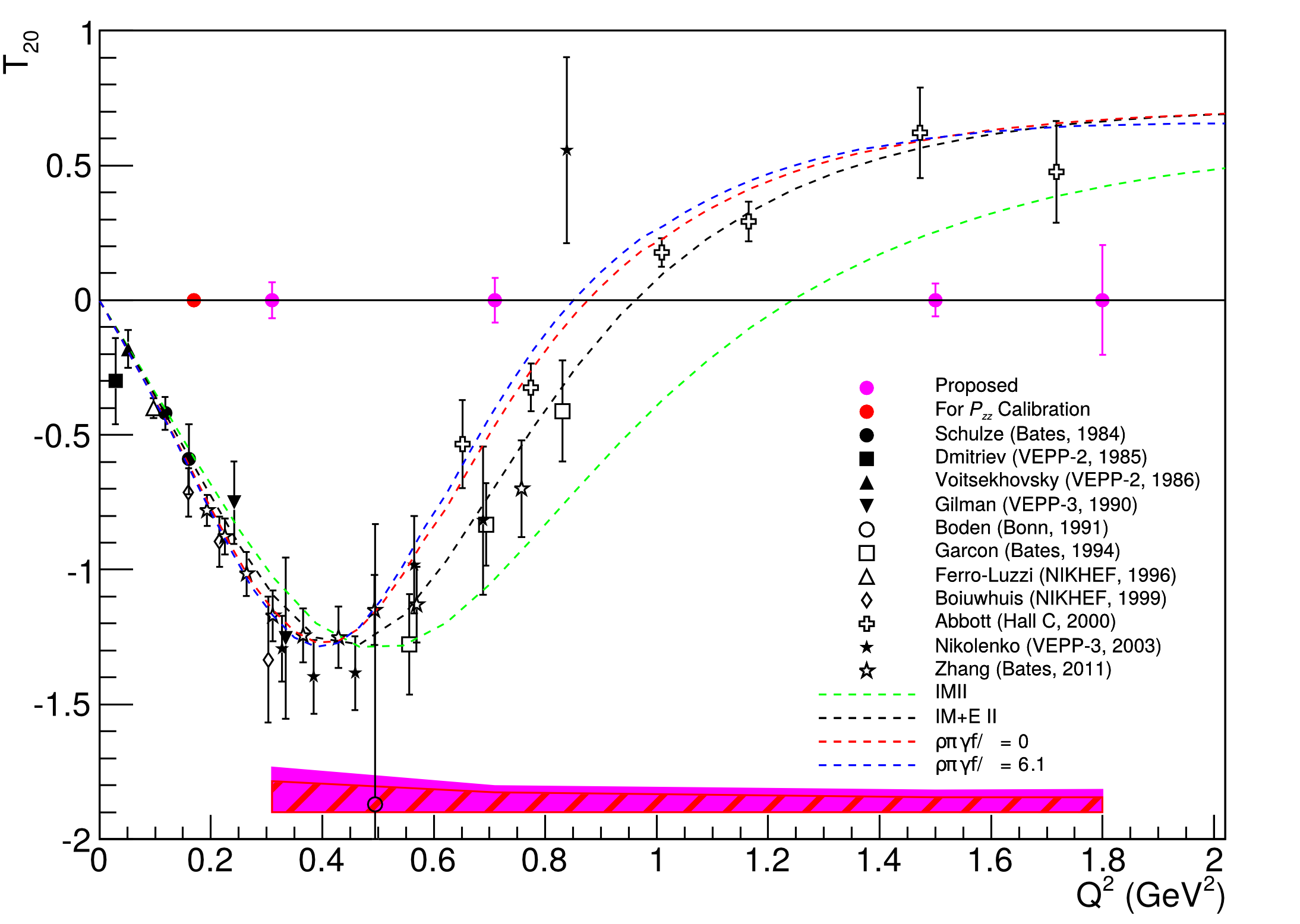Difference between revisions of "Elong-15-05-07"
| Line 13: | Line 13: | ||
where <math>\theta^*</math> and <math>\phi^*</math> are in the frame where the <math>z</math> axis is along the <math>\vec{q}</math> (which for us is ~70deg from the beamline) and the <math>x</math> axis is perpendicular to <math>z</math> in the scattering plane. | where <math>\theta^*</math> and <math>\phi^*</math> are in the frame where the <math>z</math> axis is along the <math>\vec{q}</math> (which for us is ~70deg from the beamline) and the <math>x</math> axis is perpendicular to <math>z</math> in the scattering plane. | ||
| − | If I'm understanding that correctly, then for us <math>\theta^* = 70^{\circ}</math> and <math>\phi^* = 90^{\circ}</math> since our magnetic field will be oriented along the beamline. | + | If I'm understanding that correctly, then for us <math>\theta^* = \theta_q = 70^{\circ}</math> and <math>\phi^* = 90^{\circ}</math> since our magnetic field will be oriented along the beamline. |
If that's the case, the <math>d_{21}=d_{22}=0</math> and <math>d_{20} \approx -0.3245</math>. | If that's the case, the <math>d_{21}=d_{22}=0</math> and <math>d_{20} \approx -0.3245</math>. | ||
Revision as of 15:42, 7 May 2015
Going back through the literature, the NIKHEF measurements (let's start with the Bouwhuis measurement) define the polarized D(e,e'd) cross section as
<math>\sigma = \sigma_0\left[ 1 + \frac{A_d^T P_{zz}}{\sqrt{2}} \right]</math>
where
<math> A^T_d = \sum_{i=0}^{2}d_{2i}T_{21}</math>
and
<math> d_{20} = \frac{3 \cos^2 \theta^* -1}{2},~~d_21 = -\sqrt{\frac{3}{2}}\sin2\theta^*cos\phi^*,~~d_{22}=\sqrt{\frac{3}{2}}\sin^2\theta^*\cos 2\phi^*</math>
where <math>\theta^*</math> and <math>\phi^*</math> are in the frame where the <math>z</math> axis is along the <math>\vec{q}</math> (which for us is ~70deg from the beamline) and the <math>x</math> axis is perpendicular to <math>z</math> in the scattering plane.
If I'm understanding that correctly, then for us <math>\theta^* = \theta_q = 70^{\circ}</math> and <math>\phi^* = 90^{\circ}</math> since our magnetic field will be oriented along the beamline.
If that's the case, the <math>d_{21}=d_{22}=0</math> and <math>d_{20} \approx -0.3245</math>.
Rearranging their top equation to get to what we measure as Azz,
<math>A_{zz} = \sqrt{2}\left[ \frac{\sqrt{2}}{P_{zz}}\left( \frac{\sigma}{\sigma_0}-1\right) \right] = \left[ (-0.3245) T_{20} \right] \sqrt{2}</math>
<math> A_{zz} = -0.458 T_{20}</math>
and
<math> \delta T_{20} = \frac{\delta A_{zz}}{0.458}</math>.
If that's the case, then our uncertainties ( which previously were calculated as <math>\delta T_{20} = \sqrt{2} \delta A_{zz}</math>) now look like as below.
